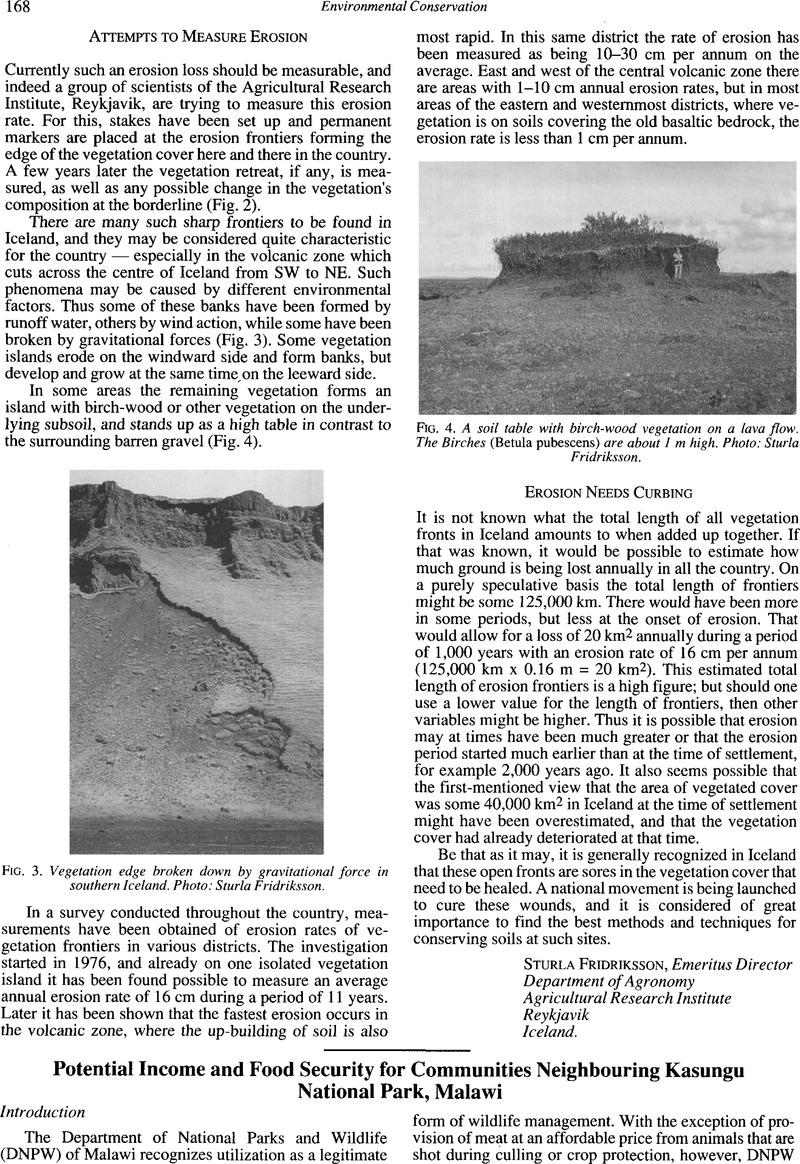Crossref Citations
This article has been cited by the following publications. This list is generated based on data provided by Crossref.
Mandoloma, Lessah
Clark, Michael
Coad, Lauren
Hughes, Karl
and
MilnerGulland, Eleanor Jane
2025.
Implications of human‐nature interactions for livelihoods and conservation in Kasungu, Malawi.
People and Nature,
Vol. 7,
Issue. 3,
p.
700.



